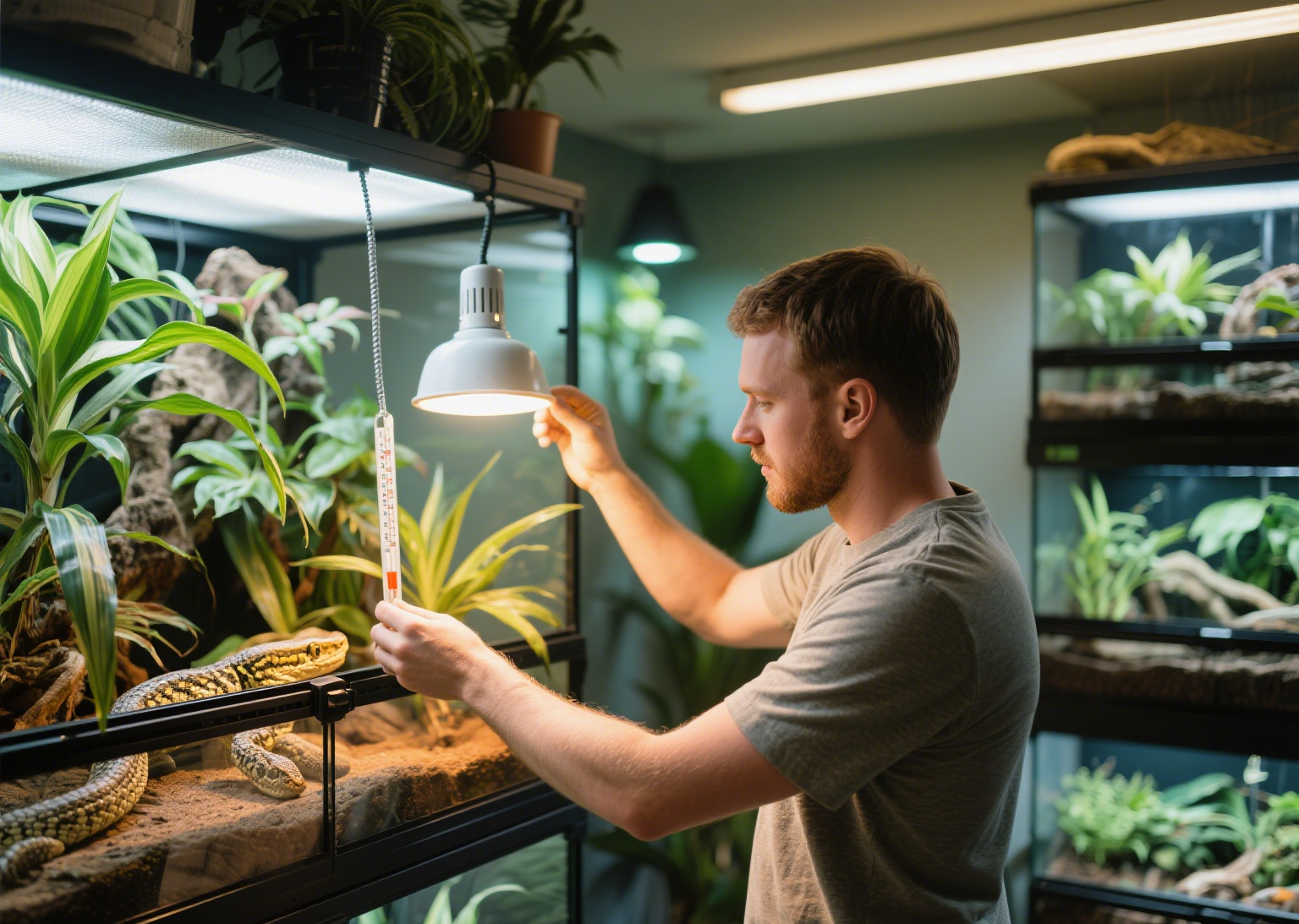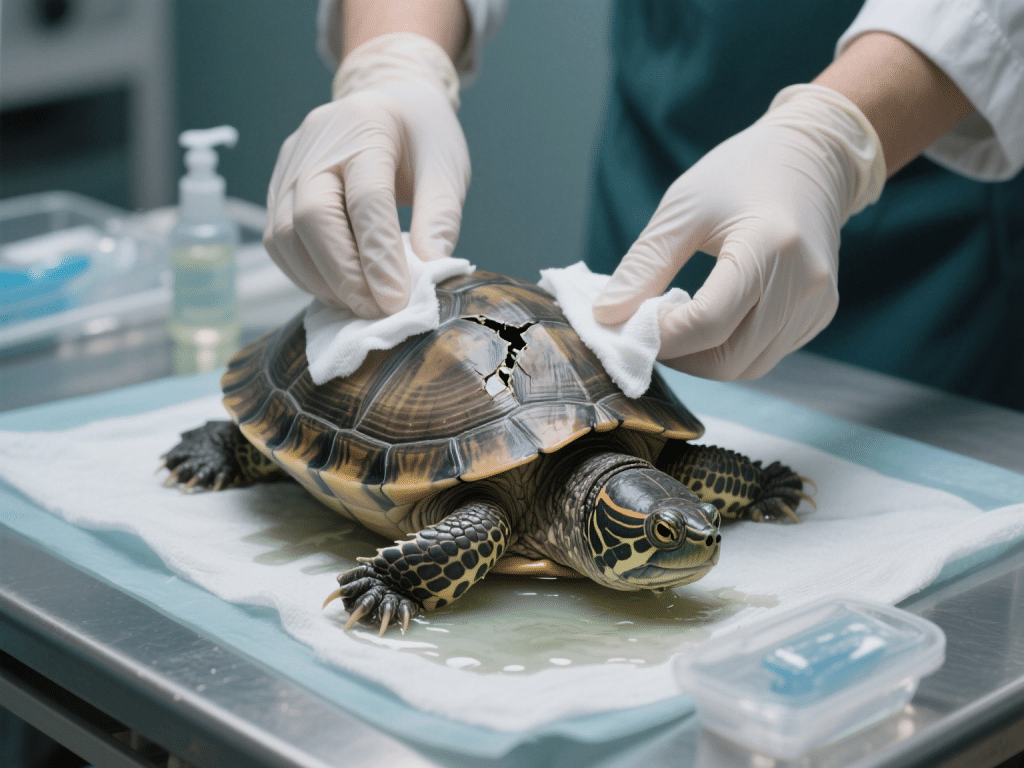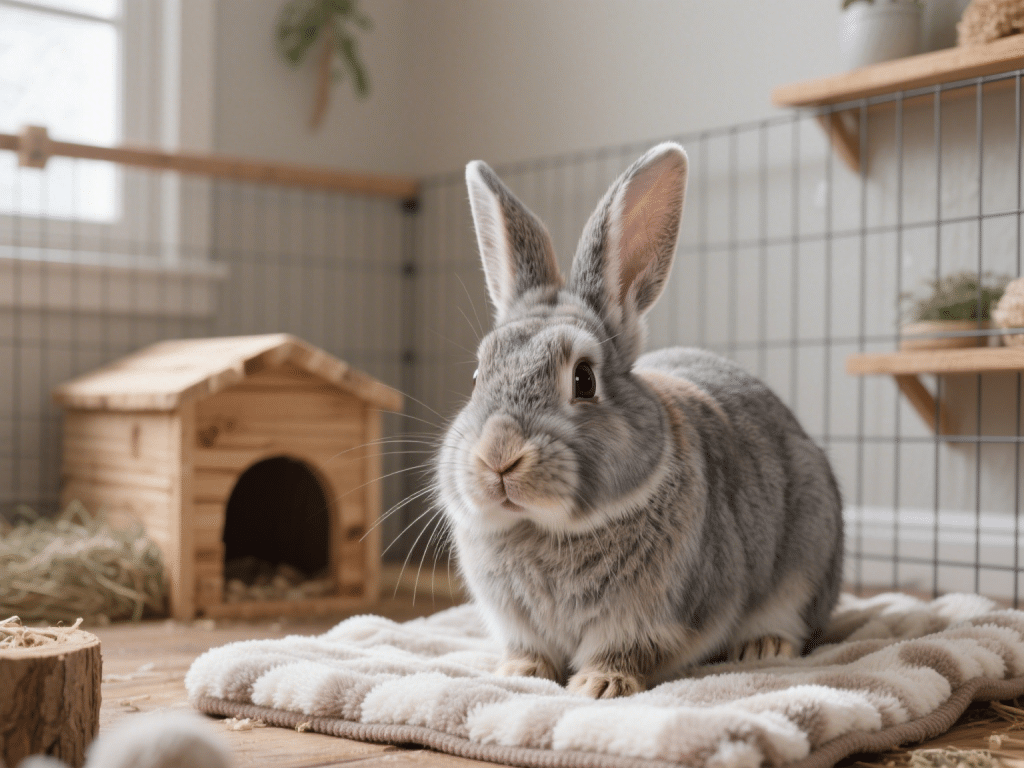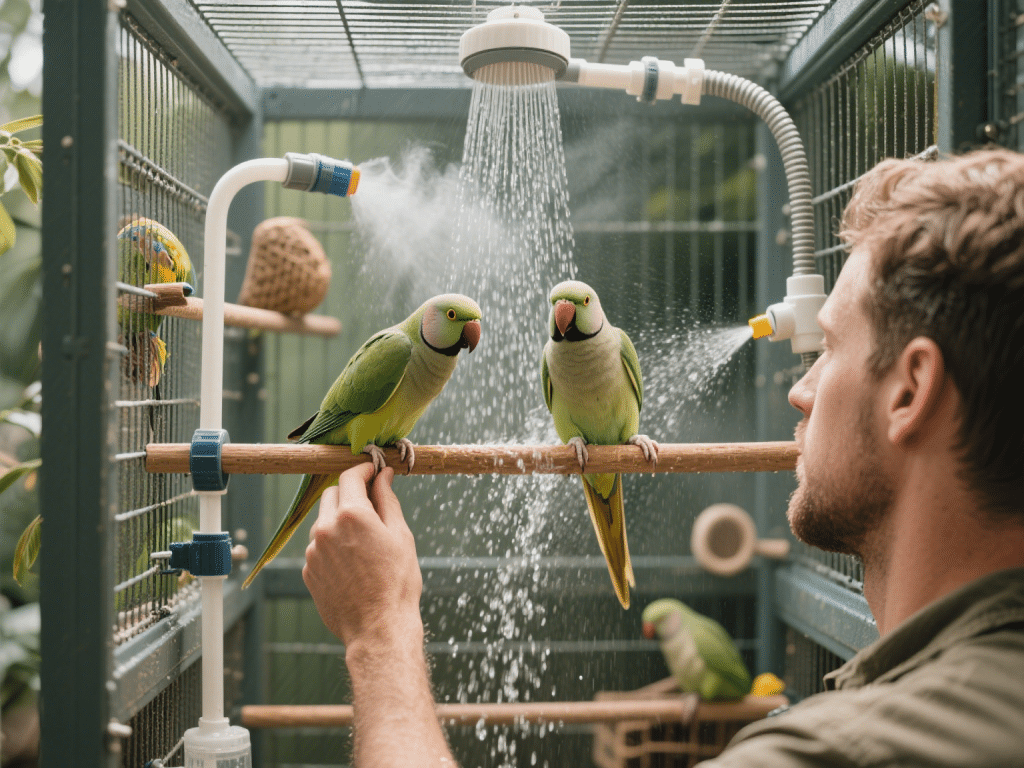
Introduction
Creating a suitable terrarium environment is essential for the health and longevity of captive reptiles. Temperature gradients and proper lighting mimic natural habitats, promoting normal behaviors, feeding, and digestion. This guide will walk you through selecting equipment, establishing temperature zones, and choosing the right lighting for common reptile species.
1. Selecting the Terrarium and Substrate
Terrarium Size and Material: Choose glass or high-grade acrylic enclosures with secure ventilation panels. Ensure enough floor space—minimum 2x the length of your reptile for ground-dwelling species. Taller terrariums suit arboreal reptiles.
Substrate Choice:
Desert Species (e.g., Leopard Geckos): Use reptile bark, sand mixtures, or calcium-based substrates.
Tropical Species (e.g., Green Iguanas): Opt for coconut fiber, organic topsoil, or cypress mulch to maintain humidity.
Safety Note: Avoid substrates small enough to cause impaction; monitor humidity levels to prevent mold growth.
2. Establishing Temperature Gradients
Basking Zone: Provide a high-heat basking area with temperatures between 95°F–105°F (35°C–40.5°C) for diurnal species. Use a ceramic heat emitter or basking bulb mounted on the terrarium’s top.
Cool Zone: Opposite end should be 75°F–85°F (24°C–29°C) to allow thermoregulation. Use under-tank heaters or low-wattage heat pads under one side.
Nighttime Temperatures: Many reptiles tolerate drops to 70°F–75°F (21°C–24°C) at night. Turn off heat bulbs after dusk or use a lower-wattage nocturnal heat source.
Thermometers and Probes: Place digital thermometers at both basking and cool zones. Use infrared thermometers for spot checks. Ensure consistent monitoring.
3. Lighting Requirements
UVB Lighting: Ultraviolet B rays are vital for synthesizing vitamin D3, crucial for calcium metabolism.
Bulb Type: Use a linear fluorescent UVB tube (5–10% UVB output) for medium to large enclosures. Compact mercury vapor bulbs suit larger setups.
Positioning: Mount 8–12 inches above basking area. Replace bulbs every 6–12 months as UVB output diminishes even if visible light persists.
Photoperiod: Simulate natural daylight cycles with 10–12 hours of light. Use a timer for consistency. Some nocturnal species benefit from red or blue nighttime bulbs to observe activity without disruption.
4. Supplementary Heat Sources
Ceramic Heat Emitters: Provide infrared heat without visible light, ideal for nighttime warmth.
Heat Mats: Place under one side of the enclosure to create a warm substrate area. Use a thermostat to prevent overheating.
Basking Lamps: Provide focused heat. Ensure the bulb wattage aligns with enclosure size—20W for small enclosures, 50W+ for larger ones.
5. Maintaining Humidity and Ventilation
Humidity Monitoring: Use a hygrometer to track levels—40–60% for desert species, 60–80% for tropical species. Increase humidity with daily misting, a water dish, or automated misting systems.
Ventilation: Proper airflow prevents mold and respiratory issues. Ensure vents are unobstructed—consider partial mesh top if full glass lid traps humidity.
Conclusion
Setting up a reptile terrarium requires careful attention to temperature gradients, lighting, humidity, and ventilation. By using appropriate heating elements, UVB bulbs, and monitoring equipment, you can create a habitat that promotes natural behaviors, healthy bone development, and overall vitality for your reptile companion.









Comments on " How to Set Up a Reptile Terrarium: Temperature and Lighting" :